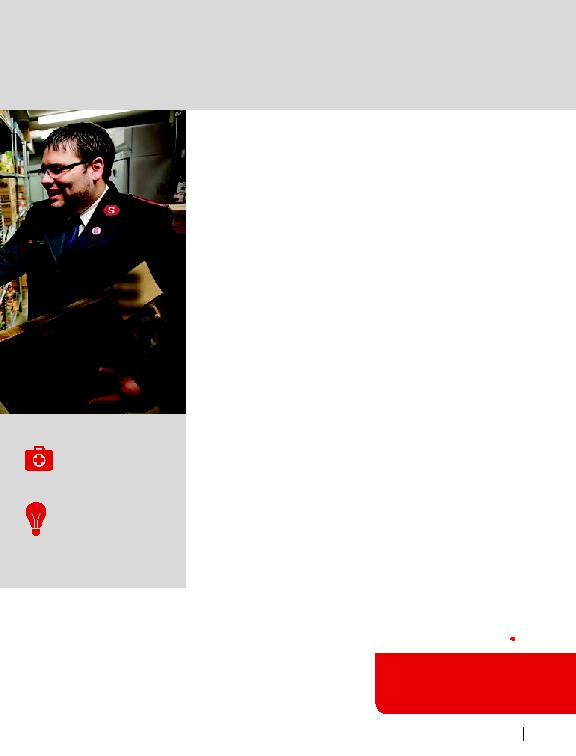
all seven indicator variables and
changes in those variables from a
standardized baseline score (100)
from one point of time to another.
The composite score is used to
compare need-based services
across time and location. The HNI
percentage points of change. It is
standardized so that the minimum
(baseline) value is 100 (resulting in
an average of around 101), with a
standard deviation of 1. The HNI's
values are primarily useful for com-
paring conditions within or across
communities in the United States.
that poverty-related need was
relatively low during this period.
At the start of the Great Recession
in 2008, the HNI score began a
gradual increase, with a score of
101.00, and climbed to its highest
peak in 2012, when it reached a
score of 102.19.
maintained by the Army at its 7,546
centers across the United States.
From its beginning, 150 years ago,
the Army has kept meticulous
records of the services it provides
as a way to gauge its effectiveness
and achieve accountability. Through
the HNI, government agencies and
nonprofi t organizations can mea-
sure changing needs within states
and regions, and the Army can
measure the impact of its services
and direct relief efforts accordingly.
United States, The Salvation Army
has a treasure trove of data about
the most basic human needs," said
Commissioner David Jeffrey,
National Commander. "It is time to
put all that data to use. We hope
the HNI becomes an important
tool for policy leaders, researchers
and other social service providers
to help our country become increas-
ingly responsive to the needs of
the poor."
Hope, a Salvation Army initiative
with the goal of removing intergen-
erational poverty among families by
providing one-on-one counseling
with a caseworker every week. "If
demand for emergency assistance
drops within a given zip code," says
Lt. Colonel Ron Busroe, national
secretary for Community Relations
and Development, "we can take
some of those dollars and invest in
more support from families to have
them break the cycle of poverty."
reduction. Yet, while the efforts of
nonprofi t organizations in providing
for basic human needs are well-
known, the data quantifying these
effects and measuring the impact
has neither been in the public
domain nor used widely to inform
policy debates on poverty. The
Salvation Army in particular has
played a critical and expanding role
in improving the well-being of
individuals and local communities.
In fact, thousands of nonprofi t
organizations throughout the United
States, including the Army, consti-
tute the safety net of services
addressing basic human needs.
profi t organizations and public
policymakers working to reduce
poverty. Understanding the distinc-
tive ways human needs change, in
specifi c locales and at particular
times, may inform public policy
reform in a more deliberate, mean-
ingful and successful manner.
for more information, including
a map showing state-by-state
HNI measurements over time.
orders (i.e., prescriptions)
volunteers/hours served.
assistance orders provided
and the number of
volunteers/hours served.